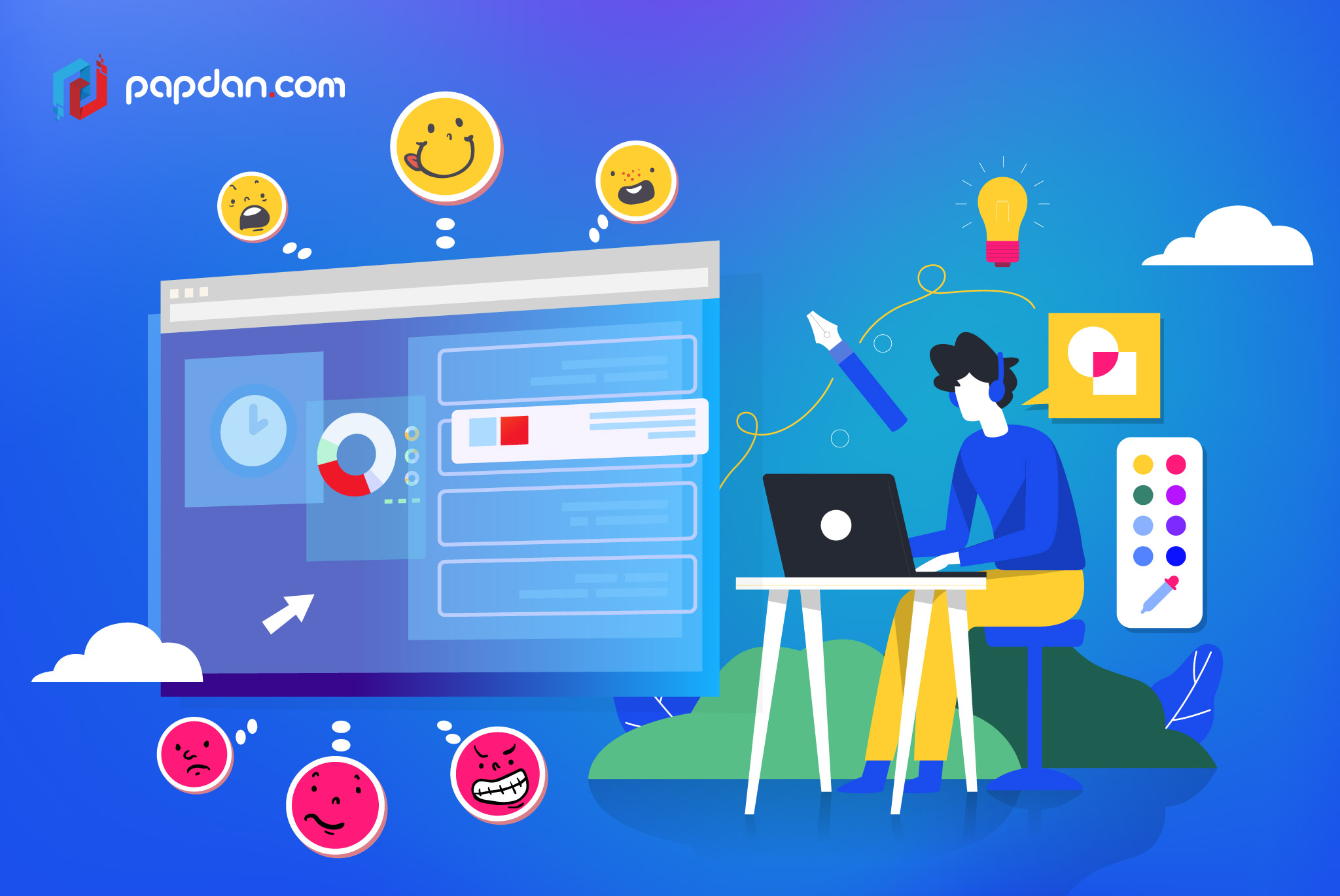Sometimes design is not just about what appears outside. It is also about what stirs the inside. Business nowadays makes heart-warming advertisements in a form of short movies designed to move viewers’ heart so they can take action that can benefit the company. As someone who buys products via websites, I view things both from designer and customer perspective. As both customer and digital marketer who knows the first thing about web design, I know several aspects in design that make it easier for me to buy products from a website; however, from designer’s perspective, I also know what can be achieved or take time in designing a good website. However, what I will never expect is the design that stirs my emotion which leads me to undoubtedly buying the products on the website. The same thing applies to web design as well. More businesses are now focusing on building a story and personality into every product and website to evoke an emotional reaction from a visitor. Why? That’s because when your product or website can stir the emotion of every visitor, it means that your once lifeless and soulless company can turn into a more alive and interactive business with personality which makes your company more reliable and trusted. For that reason, it is important for your designers or someone you are hiring to build your website and brand to understand how to design with emotion. How? Find out in this article.
In order to design with emotion in mind, a designer should know that emotional design is the way to show empathy for the target audience – a design that puts them first before the company. With that, there are several steps of thinking before classifying what kind of design that can stir the emotion of the people who see it:
- How does our website or product make people’s lives easier?
- What makes our website or product more valuable to people?
- How do we serve people better?
With those questions above, we can know that effective emotional design is the one that is not only simple, but can also trigger a single emotion response. Below are the designs that can evoke emotion more effectively:
- Clear and understandable. A design that is clear and understandable means that it is easy to access and makes sense in terms of navigation or calls to action.
- Visually attractive. It means that the design looks unique and appealing but still consistent with places, colours and layouts.
- Memorable. You may go on a vacation to Paris for a week and go back to your home country a week later. You may not go back to Paris anytime soon, but the experience and the feelings you’ve got during your stay there will forever leave inside your heart. If your website is considered as a website with memorable design, it means that there is something that can only be found on your website – your uniqueness and your trademark that stays inside your audience’s heart.
- Impression. This is something that creates the experience for your audience. Is your website enjoyable? Or is it boring?
- Authentic and personal. Many companies put bots into their websites to minimise cost of employees. However, if you do the same, you will lose your authenticity. Your company will seem emotionless and not helpful at all. A design should be more personal so it can be easier to reach your audience’s emotion and feelings.
- Has a story to tell. A good website design has a story to tell. Not just by using storytelling, but also from the design itself. Your website should tell the real story about your company that can grab your audience’s attention with your powerful message.
Emotion plays a powerful role in our life. Take example from a skincare company I have researched on lately. The owner tells a story about how and why she started her business, starting from her journey when she fought skin illness that caused her to bleed every time she laughed and smiled, to her might fight to finally deal with it and solve her skin problems. From her story, she gives a powerful message that tells us this; “If I can fight my biggest problem, you can too.” With this in mind, you should understand that a design is not always about how it looks. It is also about how it functions.

